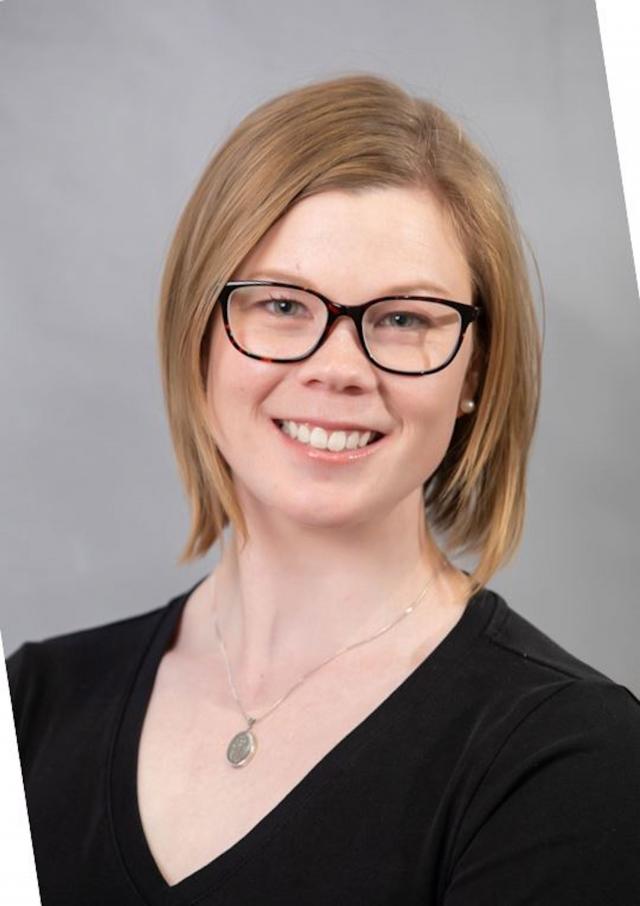Regional and remote Australians will benefit from an upgraded online platform that connects people to medical services through a simple search engine.
The Healthdirect Service Finder helps those outside metro areas access and navigate the complex health care system.
It will allow up to 800,000 people a month find and book care providers, with information on more than 300,000 health services.
The refreshed digital tool is now available in 16 languages and incorporates the retired ‘Vaccine
Clinic Finder’, which was used more than 52 million times in 18 months.
Funded by State and federal governments, the free healthcare advisory service has also broadened its geographical coverage, making it easier for those living outside major cities to find health care options.
It gives 50 providers for any health care service – from dentists to orthopaedic surgeons – in order of proximity to a suburb or postcode.
Healthdirect digital portfolio director Vanessa Halter said the upgraded platform aimed to improve the health literacy of all Australians by giving equal access to reliable information.
“No matter where you live, the Service Finder simplifies the process of locating providers through a user-friendly search engine that lists the options by geographical location,” she said.
“This is particularly helpful for those living in regional, rural and remote Australia who may not be familiar with the services outside their local area.
“Healthdirect worked with the Australian College of Rural and Remote Medicine (ACRRM) to ensure the functionality and capabilities of the platform was equally as effective for those living outside metro areas.
“The result is an expanded tool that meets the diverse needs of users, including those with visual impairments and other accessibility needs, creating a one-stop shop that connects people to the right care at the right time.”
The Service Finder provides an unbiased directory with no favourable positioning based on commercial partnerships and does not require people to ‘sign up’ or ‘create an account’.
Other improvements include online bookings, fuzzy search (incorrect spelling) and synonym search (type ‘eye doctor’ instead of ‘ophthalmologist’) to remove barriers to finding the right service.
It offers ‘guided searches’ that step people through a questionnaire to find the best match for their needs, integration with Google Maps to easily see travel times and filters allowing people to specify details such as bulk-billing or opening hours.
Healthdirect also provides an anonymous online Symptom Checker to give people information about how serious – or otherwise – their condition may be and how quickly they may need medical attention.
The technology guides users through a set of easy questions to help them understand symptoms and provides advice on what to do – be it manage the condition at home, visit a GP or call an ambulance.
It also gives information for the treating physician – should one be required.
“Empowering Australians through digital tools with 24/7 booking and triage capabilities helps alleviate the pressure on the health care system and negate unnecessary travel, which is particularly pertinent for those living remotely,” said Ms Halter.
“Healthdirect’s online platforms put reliable health information in the hands of Australians, giving trusted advice no matter the geography, privacy, multicultural, language or health literacy barriers they may face.”
Healthdirect Australia chief customer officer Ian Vaile said the team consulted with the medtech industry to co-design the integrated software solutions, ensuring it was fit for purpose and enabling seamless online booking across different service types.
“The online booking function empowers consumers to bridge the next connection between advice and information to take action towards better health, while reducing administrative pressure on clinics fielding calls about appointments,” he said.
“The work builds on the foundational progress made during the pandemic to create seamless digital journeys and the transition will ensure long-term sustainability and enable benefits more broadly across the health system.”







